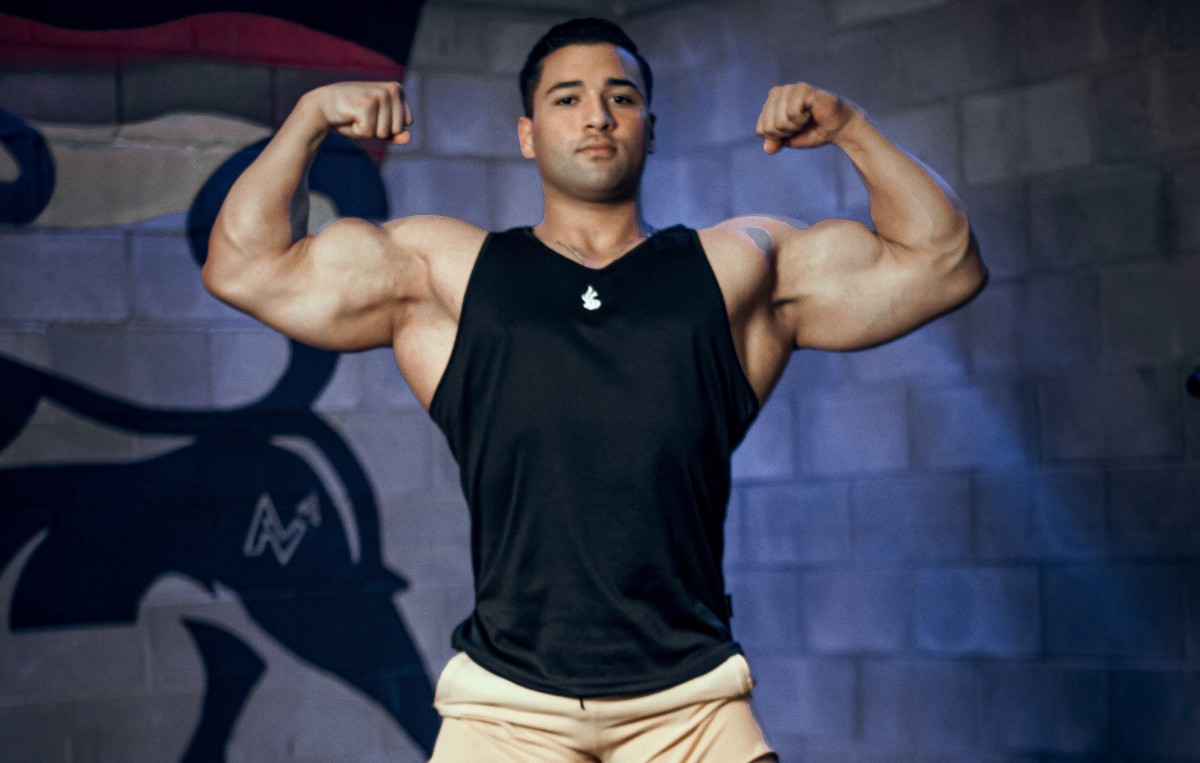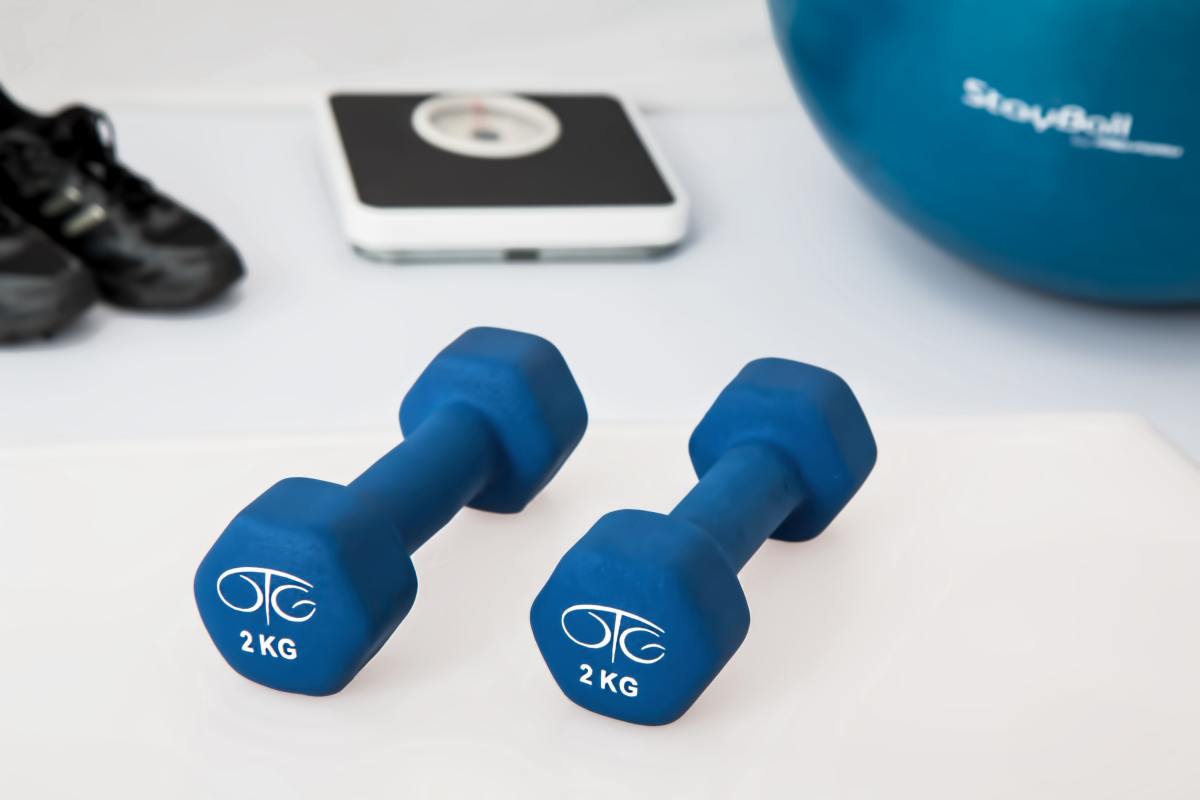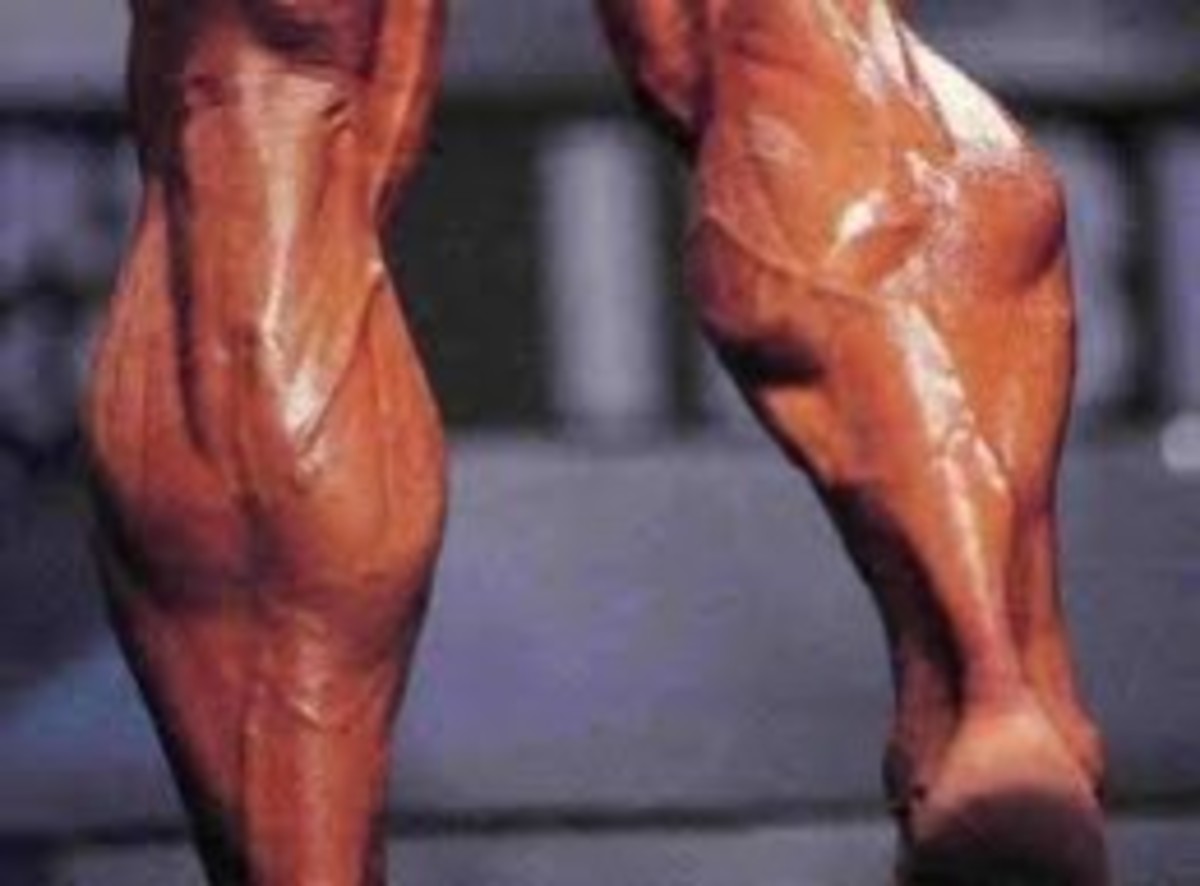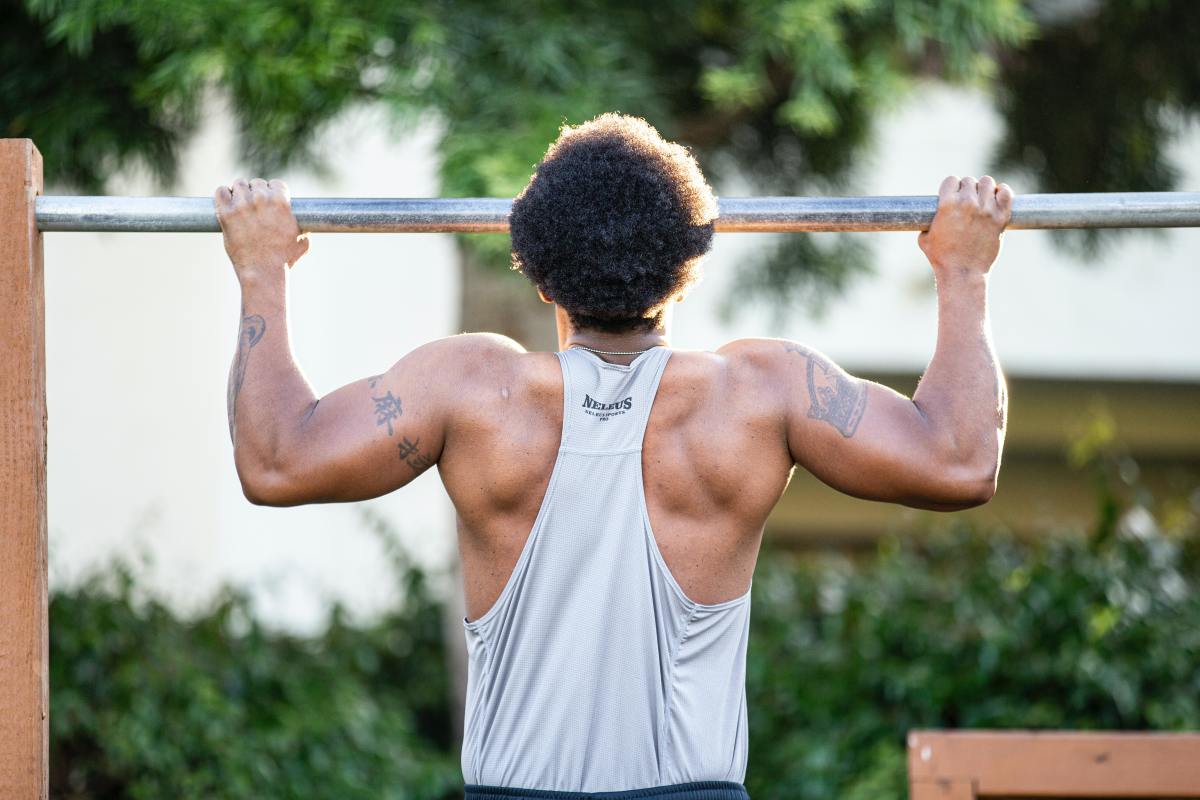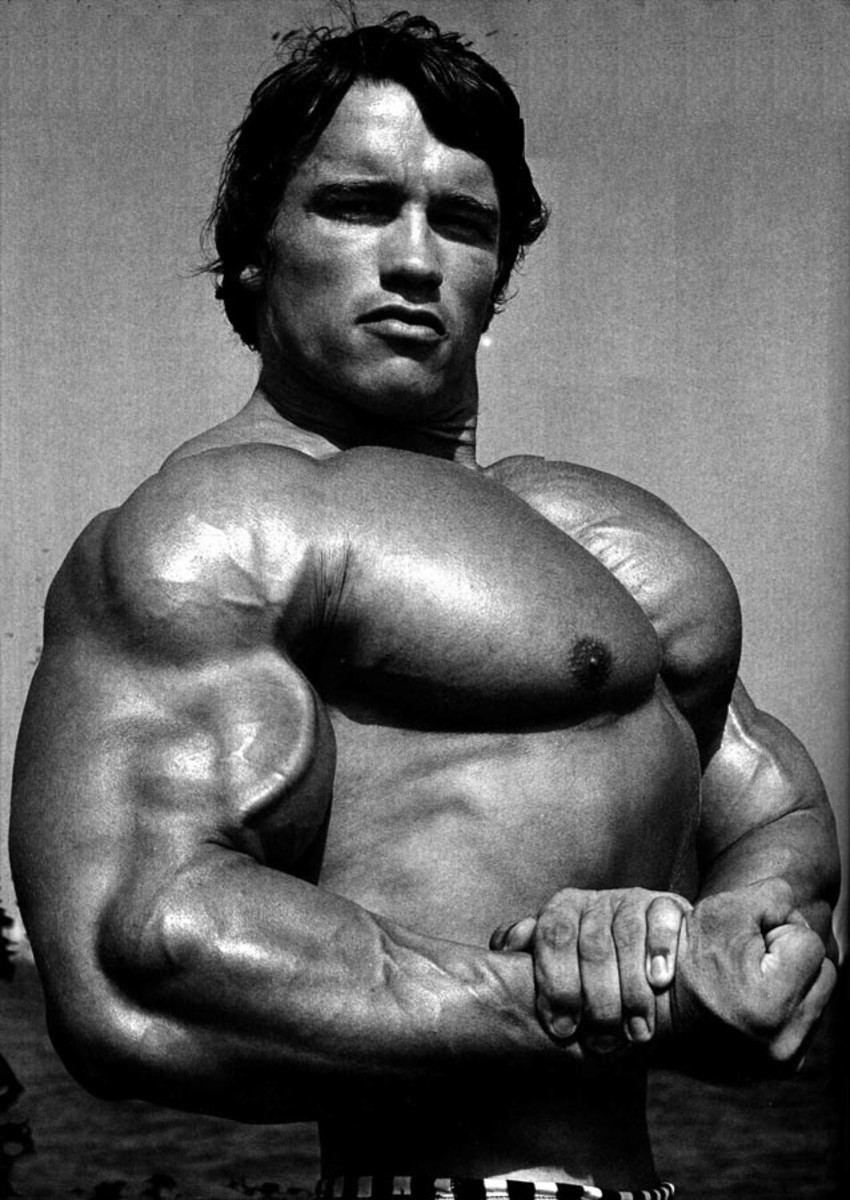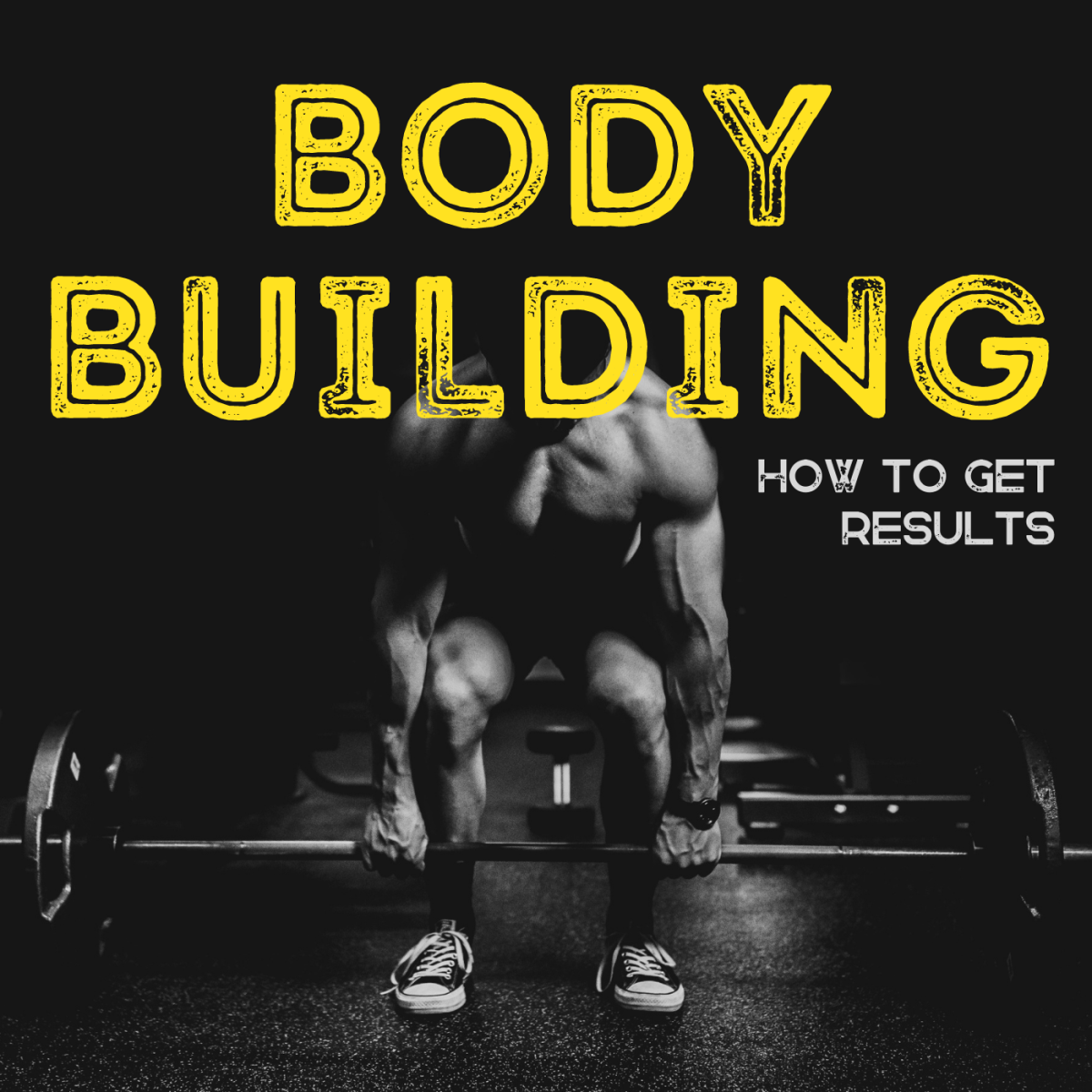- HubPages»
- Health»
- Exercise & Fitness»
- Weight Training
40 Minutes a Week to Buff Part 2
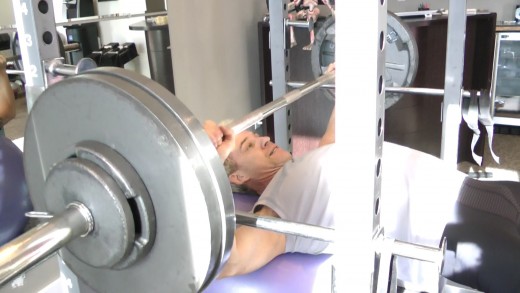
Introduction
In 40 minutes a week to buff part 1, which you could read HERE, I discussed how you can get a well built, fit, shapely body (the slang term is "buff") with only two workouts a week that takes less than 30 minutes each time. I developed a training program based on those basic principles that I have used to train myself and my clients for the last 27 years, and I have had remarkable success. I call it the Hystrength (sm) exercise program. The principles of the strength training component of the Hystrength (sm) program came from the writings of Dr. Ellington Darden. He worked with Arthur Jones at Nautilus® for many years, and they did a copious amount of research into strength training. The main focus was how to make a strength training program as productive as possible. Along the way, they learned that properly performed strength training requires very little work, far less than what most trainees devote to a strength training program. The style of training they did...and still do, is called High Intensity Training, or HIT for short. To this day, I am still just as amazed at how effective this style of training is. Great gains for very little time spent in the gym. Quite simply, people need to know this.
In this article, I will explain the details you need to know so you can see better results from your strength training program...and spend less time in the gym doing it.
Mastery of the Repetition
At the most fundamental level, strength training and all of the other forms of weight lifting start with the repetition. A repetition as defined in this case is simply lifting and lowering a weight (or other forms of resistance) one time. The dumbbell curl, for example, will consist of lifting the weight from the bottom position until the weight is at the top of the movement, and then the weight is lowered to the original starting position. That counts as one repetition. A set will consist of a series of repetitions, which can be as low as one repetition or high as the trainee cares to go. Most sets usually consist of anywhere from 3 to 20 reps. Later on, I will define what I believe to be the optimal rep range to use.
Expanding on the point I made in the first article, we want to keep the muscle working as hard as possible for the whole set. This would allow the greatest inroad, and thus the best strength gains with very little overall work. Here's how it's done:
- A smooth and controlled tempo to lift the weight.
- A smooth and controlled tempo to lower the weight.
- Smooth transitions at both the top and bottom of the lift.
- Maintain continuous tension on the muscle throughout the whole set.
Sounds simple enough, but this is where most trainees fail miserably. They will usually "fire" out of the bottom to get the repetition started. Often times they will "lock out" at the top of the repetition, and just as frequently they will swing the weights using body English in an attempt to move the weight. I know why they do this. They are much more focused on how much they can lift, thinking that the more weight they lift, the stronger, more muscular they will be. It does not quite work this way. A trainee can lift more weight over the course of a few months without getting stronger. They are simply getting better at using momentum to do the work.
I can personally attest to this. When I first started lifting weights, I gained quite a bit of strength on my bench press, or so I thought. I started with 135 lbs for 10 to 12 reps. A couple of years later, I was able to bench press 225 lbs. Sounds good, but my body did not show much change. My pecs still looked undeveloped, nor did I put on any weight the whole time. It was a humbling experience when I had to drop the weights I was using about 50% once I started doing my repetitions the way I was supposed to. In hindsight, I just learned how to "cheat" the weight a little better every time I worked out...how to bounce the bar off my chest at the right time for the best momentum. How to lock out so I could do more overall reps, and so on.
One more point I need to make about the repetition before I move on: To get the best gains you can out for your workouts, you need to take a zen like approach to every repetition you do. Focus on the repetition you are doing at the moment. Do not think about the next rep. Do not think about how many reps you are aiming for. Do not think about the problems you are having with your girlfriend. Think about that rep. Master that rep...and then do the next one. Stay present. Just like a musician has to practice his chosen instrument over and over for years to make beautiful sound, or the place kicker who spends thousands of hours practicing to perfect his skill, you must do the same with the repetition. This is a lifelong commitment. Even today, I still get my mind focused before I start my workouts. I focus on every rep. I try to do this workout a little bit better...a bit more efficient than the workout before. Practice repetition mastery.
Starting Weights, Rep Ranges and Progression
Starting Weights
Most trainees like to jump right in and lift heavy weights from the get go. This is not a good move. It opens the door to using improper form from the beginning, and the trainee will experience severe muscle soreness. This can lead to burn out. Once again, I can attest to this. Many times I would get a new client that wanted to see fast gains for a social function when I first started as a fitness trainer. So I would push them hard from the very first workout, and yes, they experienced the muscle soreness, and they would hit strength plateaus that should not have been there. I hate to say it, but I did my clients a disservice, for most of them would quit and I have no doubt that I turned them off to strength training. Over time, I found that if I started my clients with much lighter weight, they learned how to develop proper form and make the mind/muscle connection needed to be successful with a strength training program long term. Moreover, the clients that I did this with did not hit strength plateaus nearly as quickly as my older clients did. I highly recommend that you do that as well. Here some some guidelines for starting weights on the important lifts:
- Leg press: 100 lbs
- Dumbbell press: 25 lbs
- Bench press: 85 lbs
- Pull-downs: 80 lbs
- Barbell squats: 85 lbs
- Leg curl: 35 lbs
- Leg extension: 40 lbs
The barbell squat is a skill lift, meaning that it is a lift that will take some time to master well enough to do it with heavier weights. I recommend using the leg press as your go to leg exercise, and practice with lighter weights for a few weeks with the barbell squats. When you feel comfortable enough with your form, then increase the weights on your barbell squats and make it a big part of your routine.
Chin ups are a popular upper back exercise, and for good reason. It is very hard to do, and a trainee can make great gains from it, but most people cannot properly do one rep when they start a strength training program. I recommend that you start with pull-downs for a couple of month before you add chin ups.
I want to point out that I am not a fan of leg extensions. It puts a lot of stress on the knee, and I feel you get far more stimulus from the leg press anyway. Having said that, you can do leg extensions with proper form and a healthy set of knees if you like the exercise.
Practical Rep Ranges
There is a lot of controversy in the weight lifting world as to what the "best" rep range for strength and muscle gains are concerned. I believe that they all have merit, but to get the appropriate inroad needed for the Hystrength(sm) method, I find that the 8 to 12 rep range works very well. A very important point to keep in mind is that the time under tension plays a big factor in getting a deep inroad into the targeted muscle. Dr. Darden and company believe that the time under tension should be anywhere from a minimum of 45 seconds to 90 seconds at the upper end, and that the trainee should be close to fatigue/failure within that window (more on that in a minute). I think this is reasonable. When I first started training this way, I also experimented with different rep ranges/loads, and time under tension. I found that if the weight was light enough for me to last a couple of minutes during the set, I just did not get the deep burn I needed to make good strength gains.
Keeping time under tension in mind, the rep range could vary to a certain degree. On most of my lifts, I prefer a 6 to 10 rep range. Some of my clients respond a little better with a 12 to 15 rep range. All three of these these protocols are productive, so use whatever keeps you motivated to train hard.
Progression
Progression is another area in the realm of strength training that most trainees do not optimize. Trainees assume that the weights he or she is lifting needs to get easier before moving up. For example, a trainee may do a set of bench presses at 135 lbs and he is able to do 10 reps, and though it is a challenge for him to do it, he is able to do all ten reps without going to failure. Since it seems hard, he will keep the same weight/same rep scheme until it would feel easier for him to do, then he will increase the weight. The problem is that the set will always feel just as hard because he is not challenging his pec muscles to get stronger. Same weight. Same rep scheme every workout. This can go on...and I have seen it go on, for a very long time before the trainee attempts either more weight or more reps.
For fast strength gains, you need to challenge the body a little bit more every workout. You need to increase either weights, reps, or intensity of the workout somehow from one workout to the next. This is known as overload.
Start with 10 reps on all of your sets the first workout, and then do 12 reps on each set the next workout. The workout after that, increase your weight and do 10 reps again. For example, do the ten reps at 100 lbs on your first set of leg press, then 12 reps the next workout, and then increase the weight 20 lbs for the following workout and start the process again. If the weights do feel a little too light, go ahead and increase the weights a bit more aggressively. Remember, though, the first few workouts you want to routine to feel easy and doable. You have to practice good form first.
After a few workouts, the weights will be heavy enough that the set would be hard to do. The first few reps will be hard, but you will still be able to do 12 reps or so without needing a spot. This is what I call "working weights", in that the weight is heavy enough to start involving your fast twitch fibers to finish the lift. It is at this point that your body will start seeing some change. You will see some tone and definition. Your clothes might start fitting differently, and daily activities will be easier.
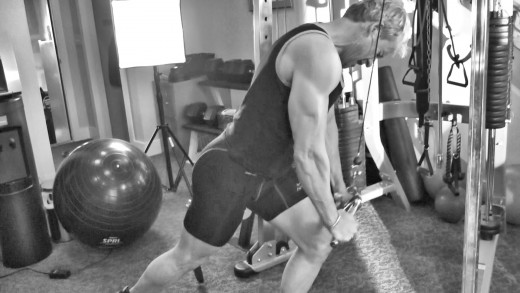
Momentary Muscular Failure, Technical Limit and Pacing
Momentary Muscular Failure
After a few weeks of training, you should be to the point where you may not be able to finish the set at the upper end of the rep range. As an example, let's say you are doing a leg press at 350 lbs and you can do 7 reps with good form, but you cannot finish the 8th rep without some help from your spotter. This is momentary muscular failure. It is the point where you are really challenging the deeper fast twitch fibers I covered in 40 minutes a week to Buff part 1. Taking a set to failure shocks the body, telling the body to either adapt or die from the stimulus. Think of it as sending a signal to the body, telling it to get stronger. If you take enough time between your workouts, you will get a little stronger every time you do this. Next time you do the set, you may be able to get 9 reps before you hit failure. Over time you will be able to do the full 12 reps, and then you need to add a little more weight the following workout. Maybe 370 lbs, and you might get 7 reps before failure. Over time, you will be able to do the 12 reps again...and then it is time to add more weight and start the process again.
Technical Limit
Technical limit is the point of the set where form breaks down. An example would be where a trainee is performing a set and he does 7 reps with good form, but on the 8th, 9th 10th rep and so on, he uses body English or explosive movements to lift the weight. His technical limit was at 7 reps. What's important to note is that all of the reps past the technical limit exposes the trainee to potential injury, and he gets more vulnerable to injury the further he goes. Amateur trainees have a low technical limit, and they should not be taking their sets to failure until they master good form. The technical limit of experienced lifters can and often do align with momentary muscular failure, meaning that they can concurrently maintain good form and a high level of intensity, assuring great gains with very little risk for injury. This is what you want to strive for.
Pacing
High Intensity Interval Training (HIIT), is a training protocol that is gaining in popularity as of late, and for good reason. It has shown to improve both aerobic and anaerobic conditioning far better than the old school steady state cardio programs. It does this by pushing the trainee above the anaerobic threshold, where most exercise programs do not. The same thing applies to strength training. Notice that most trainees will do a set (going nowhere near failure, I might add), and then take a long break before he does another set. This is not very challenging at all to the cardiovascular system. I have my clients (myself included) move relatively quickly between sets in an attempt to get the heart rate up, and keep it up for most of the workout. Doing so puts our clients above the anaerobic threshold where, in my opinion, all the magic of a good exercise program happens. I don't specifically time the rest intervals, but as a rule of thumb I will have them rest just long enough so he can do another hard set, without allowing his heart rate to go back to baseline. The rest intervals do get longer toward the end of the workouts, but we still try to push the envelope, so to speak. Strive to do the same in your workouts. You will reap far better gains than you would by taking long, leisurely breaks in between your sets.
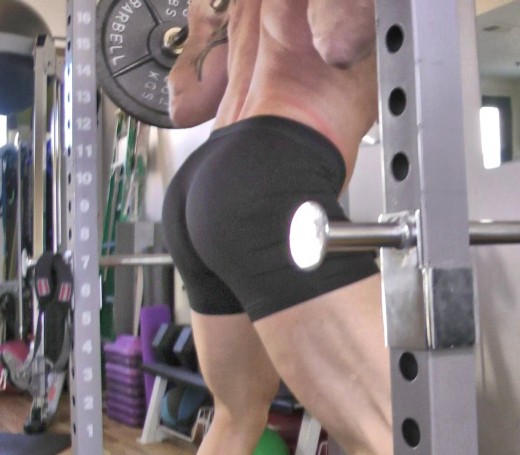
Volume and Frequency
Training with this level of intensity is very demanding on the body overall, so you cannot handle much exercise. I have been successful with the workout routines of my clients having a total of 12 sets per workout. We train the whole body, so we include one strength training set per body part, such as a leg press for legs, dumbbell press for the chest, pull-downs for the upper back and so on. We also have at least two functional exercises and two or three core and stability exercises as well. Our clients workout once every three or four days, allowing plenty of time to recover between workouts. Beginners can benefit from three workouts a week, once every other day, if he so desires, but he will need to cut that back to twice a week when he has been training for three or four months. Moreover, he may need to consider cutting back his overall volume of exercises down as he gets stronger. Using me as an example, I do about 8 to 10 exercises per workout and it seems to be plenty to get the job done. I recommend that you follow these guidelines.
Conclusion
In part one of this series, I explained how so little exercise can produce big returns by understanding what happens at the physiological level. I take a lot of time explaining this to my new clients before we even start the exercise program, for I believe that if we have a better understanding of what is going on, we can be all that more successful doing the exercise program. I hope you find value in that knowledge as well.
In this article, I outlined how you can put together your own Hystrength (sm) exercise program. Take the main points that is of value to you and apply it to your exercise routine. I believe you would be very pleased with your results.

